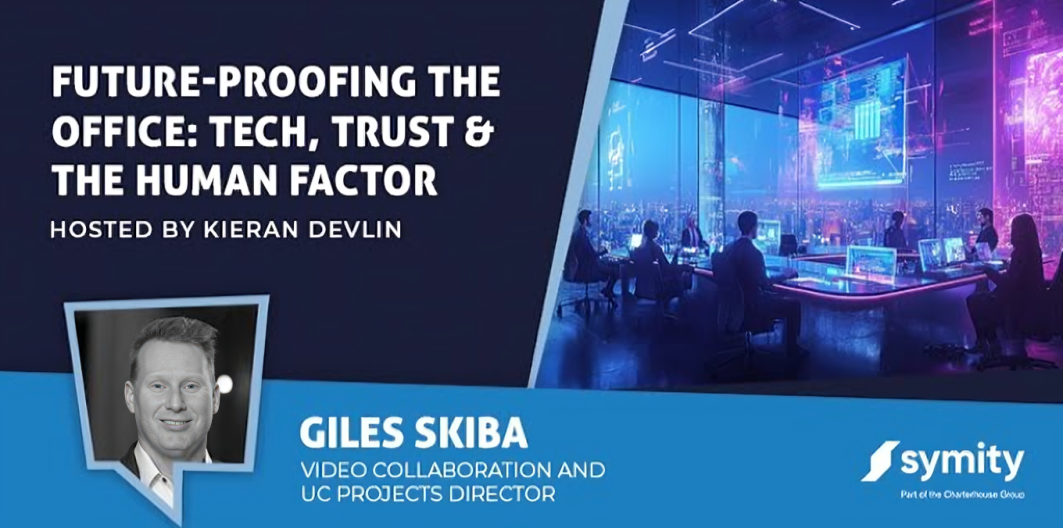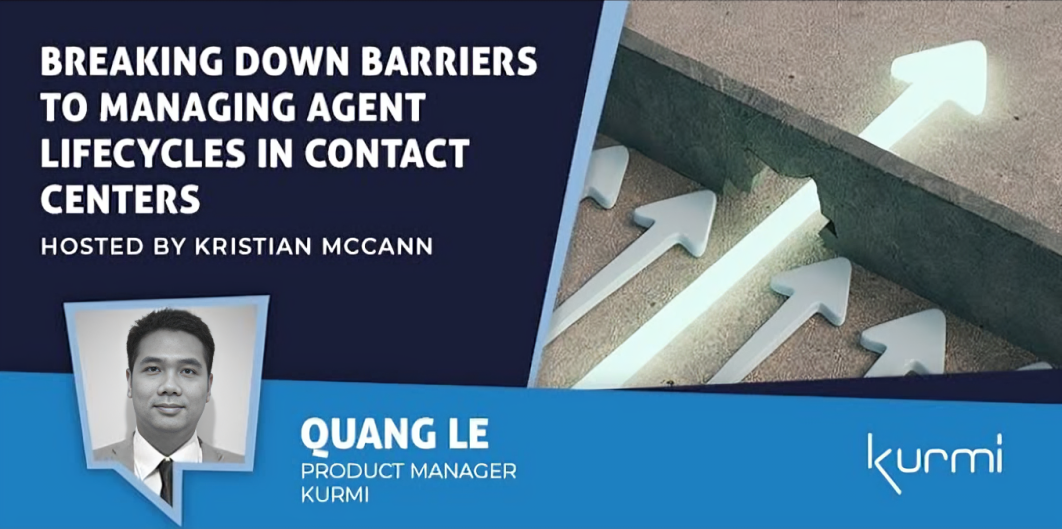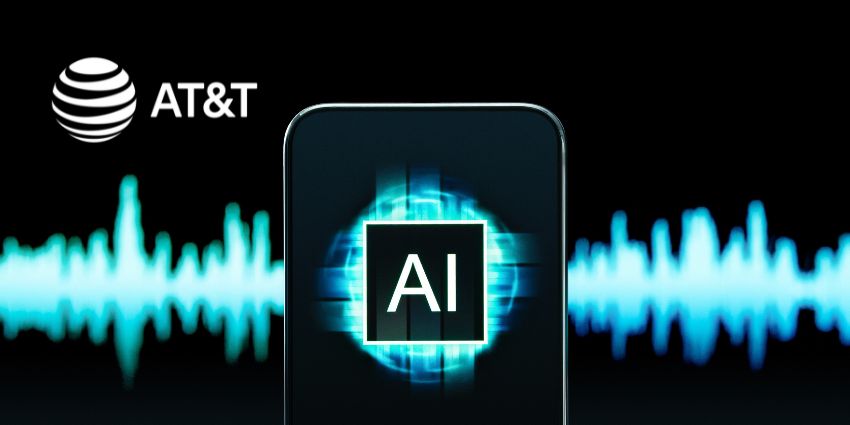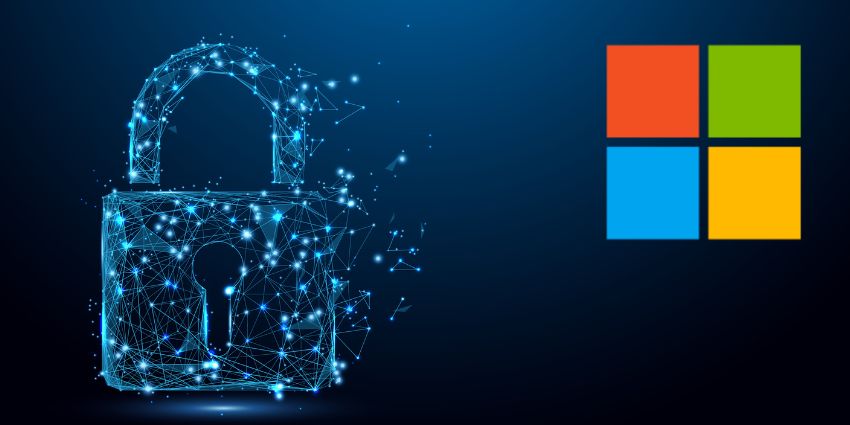What is Microsoft Mesh, and how will it shape the future of work?
If you’ve been exploring the potential “immersive collaboration” to help bridge the gaps in remote, hybrid, and distributed teams, you might already be aware of Mesh. Introduced by Microsoft as the foundation of their solution for building “extended reality” workplace experiences, Mesh combines AI, 3D virtual workspaces, and spatial audio to turbocharge team interactions.
Built on the secure Azure platform, Microsoft Mesh empowers developers and business leaders alike to unify their teams with avatars, co-presence, and rich virtual environments.
At this year’s “Microsoft Ignite” event, the tech giant revealed the Mesh platform would be generally available to all users as of January 2024. Here’s everything you need to know about Microsoft Mesh.
What is Microsoft Mesh? An Introduction
Introduced alongside solutions like the Microsoft HoloLens headset for mixed reality and virtual avatars in Microsoft Teams, Mesh is Microsoft’s all-in-one toolkit for immersive collaboration. When initially introduced, Mesh represented one of Microsoft’s biggest investments in the extended reality field, empowering teams to blend real and virtual worlds like never before.
According to Microsoft, the future of work relies on the ability to create flexible, agile, and inclusive experiences for distributed teams. Hybrid and remote work are still the norm for many organizations despite growing “return to office” mandates. However, while these workstyles facilitate greater engagement and productivity in many teams, they have downsides.
For instance, 43% of business leaders in Microsoft’s Work Trend Index report cited “building relationships” as one of today’s biggest challenges. In an environment where “in-person” interactions aren’t always possible, companies need a way to replicate and simulate engaging experiences in a digital environment.
Microsoft Mesh gives companies a platform for creating genuinely flexible work experiences, enabling holoportation, interactions in metaverse-style environments, and integrations with powerful tools.
What is Microsoft Mesh Used For? The Opportunities
So, what is Microsoft Mesh for? Simply put, it’s a toolkit that paves the way for a new era of immersive collaboration, blending virtual and mixed reality experiences with tools like Microsoft Teams, the Azure Cloud, and even design tools like Unity.
With Microsoft Mesh, companies can leverage pre-made virtual environments for discussions, events, and training sessions hosted digitally. They can also create immersive experiences and empower teams with personalized avatars and holoportation capabilities.
For instance, at this year’s Ignite event, the co-founder of Cirque Du Soleil participated in the company’s first mixed-reality keynote session using Mesh technology. Additionally, Microsoft Technical Follow appeared on the “virtual stage” of Ignite using holographic technology.
The complete Mesh ecosystem, now available in Public Preview, works alongside existing tools like Microsoft Teams, enabling the creation of “Immersive Spaces” for meetings. It also comes with access to a full developer toolkit (with integrations to Unity) to design virtual landscapes.
The possibilities of Microsoft Mesh are endless, from allowing companies to create and host immersive learning experiences to ensuring architects and product designers can work together on virtual representations of products in real time.
Microsoft even introduced its dedicated Mesh app for HoloLens at Ignite 2023, ensuring every professional with an MR headset can easily collaborate, share content, and interact with virtual assets. Plus, a new mesh-enabled version of AltSpaceVR is available for meeting sessions.
The Capabilities of Microsoft Mesh: What to Expect?
Companies have asked, “What is Microsoft Mesh?” since Microsoft started innovating in the extended reality space. Initially, the solution mainly focused on giving developers tools to develop metaverse environments and avatars.
Now, the updated version of Mesh, available to all Microsoft customers (depending on your plan), promises new opportunities to evolving companies.
With Microsoft Mesh, business leaders can:
Create and Use Immersive 3D Environments
Microsoft believes virtual, immersive spaces, like metaverse offices and work rooms, can help to align team members and strengthen professional relationships. With “Immersive Spaces”, companies can move beyond interactions reliant on audio and video.
Instead, users can share the same 3D environment as their colleagues, enjoying a new sense of co-presence and interactivity. Microsoft offers a range of pre-built Immersive Spaces for various business requirements, from training to events and celebrations.
Alternatively, business leaders and developers can customize and build Immersive Spaces using the “Mesh Editor.” This no-code tool allows companies to adapt various pre-built templates, adding images, videos, and screen-sharing features according to their needs.
You can customize the size and position of digital assets in virtual environments and even use tools like Unity to create 3D assets for your metaverse landscapes. There’s even the option to leverage live data connections so team members can access real-time insights and metrics from various environments without leaving their immersive space.
Bring Immersive Experiences into Microsoft Teams
Accompanying various updates to the popular Microsoft Teams platform at this year’s Ignite event, Microsoft announced Mesh would now be available within the Teams experience. From the “View” menu in any Teams meeting (on the Classic version of Teams), users can access the “Immersive space” option and transform any 2D interaction into a 3D experience.
Team members can navigate virtual environments, interact with digital content, and even choose where to sit in a meeting with seat assignments. Employees can use their Teams avatars to express themselves, walk around a virtual landscape, and play games with colleagues. There’s even the option to roast virtual marshmallows during a fireside discussion.
Immersive Spaces on Teams meetings will come with spatial audio capabilities and “audio zones” to help facilitate multiple simultaneous conversations between breakout groups. Even “live reaction” options allow teams to use emojis to express themselves without interrupting presenters.
All meeting attendees can access Immersive Spaces in Teams, even if they don’t have an XR headset. Plus, users can access Immersive sessions through their Teams and Outlook calendars, just like any other scheduled session on Teams.
Manage and Optimize Event Experiences
Forming an essential part of the comprehensive Microsoft collaborative toolkit, Mesh comes with many solutions to empower admins and event organizers, too. Microsoft promises the solution will feature the same enterprise-grade security and privacy as the full Microsoft 365 stack.
Admins can also control who can access Immersive Experiences and MR sessions, with controls in the Teams admin interface. Event organizers can schedule events using existing and custom templates on Outlook or Teams, sharing information with staff in seconds.
Plus, Business leaders can manage their events, create new templates, monitor uploaded environments, and more with “Mesh on the Web.” Microsoft is introducing new capabilities going forward, such as “hand-raising” options for Q&A sessions.
How to Access Microsoft Mesh: What You’ll Need
Once you know the answer to “What is Microsoft Mesh?” the next step is figuring out how to experiment with the solution yourself. As mentioned, experiences like Immersive Spaces are currently available in Public Preview for Teams users.
Microsoft will be rolling out general availability for the Mesh solution and Mesh developer kits in January 2024. To access solutions like Microsoft Mesh for Teams, businesses will need an approved plan, such as Teams Essentials, Microsoft 365 E3/E5, Business Basic, Premium, or Standard. The technology is also available to Office 365 E1/E3/E5 subscribers.
Once it becomes fully available, admins can enable Microsoft Mesh experiences via the Microsoft 365 Apps admin center. Users can also download the Mesh app for PCs from the Microsoft Store or Quest devices from the Meta App Lab.
Developers can begin experimenting with the Mesh toolkit and create custom experiences with Unity using the resources here.
Notably, Immersive Spaces are only available on Microsoft Teams desktop apps for Windows, via Meta Quest VR devices, and through the HoloLens Mesh app.
What is Microsoft Mesh? The Future of Collaboration
So, what is Microsoft Mesh going to do for your employees and the future of workplace collaboration? In simple terms, this extended reality platform will transform how we interact in the future of work. With Mesh, Microsoft is giving companies the tools to align workforces like never before and enhance digital interactions.
Companies can create more interactive, powerful meetings and brainstorming sessions using the innovative solutions available from Microsoft, such as Immersive Spaces and customizable avatars. You can also design engaging training experiences, unique events, and landscapes where staff members can work together in real time with virtual assets and holograms.
With Mesh, all employees, whether they have their extended reality headset or simply want to dive deeper into immersive collaboration, will have new ways to interact.
Microsoft Mesh could shape the future of immersive collaboration and pave the way for the future of the metaverse-enabled workplace.







